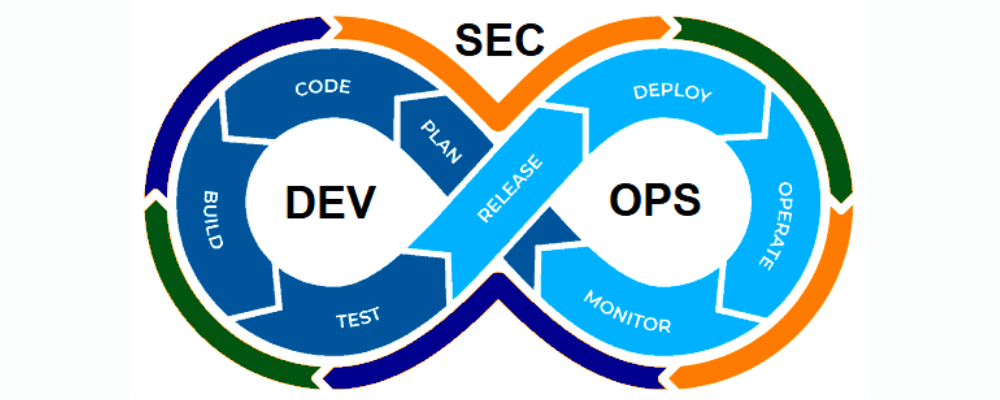SecOps is a response to the question of how to improve cooperation between IT security and operational teams so that stakeholders may achieve their goals.
SecOps develops cooperation between IT security and IT operations to protect assets from a variety of physical and technical threats so that they may work effectively and efficiently. It enables the integration of tools, procedures, and technology to protect the enterprise's assets while lowering risk.
Social activities and responsibilities of SOC
As the use of information technology grows, particularly in the face of the pandemic, it is vital to analyze, monitor, and defend company assets. Cooperation with the SOC(Security Operation Team ) team is critical for strengthening security operations at all levels of the company.
For the SOC Team, multiple SecOps roles and duties have been specified. To become familiar with the duties, you must first understand the roles of employees in order to achieve the formation's goals.
The SOC team is assigned to a variety of critical functions, including:
SOC manager
Incident responder
Security Investigator
Advanced security analyst
Important assets should be identified, examined, monitored, and managed by the Security Engineer/Architect SOC Team.
A SOC's cybersecurity duties include:
Implementation and Management of Security Tools:
To pick the most effective security tools for the organization, the SOC Team should have experience in the technical environment. Firewalls, intrusion detection and prevention technologies, threat, vulnerability, detection, and management tools are all examples of security tools.Suspicious Activity Investigation and Prevention:
The SOC Team uses security monitoring techniques to identify and analyze unusual behaviour within IT systems and networks. Although an organization may not be able to completely eradicate dangers, it can mitigate their impact.Guarantee Business Continuity:
To avoid important business activities being disrupted, an organisation should ensure that the bare minimum of operations is carried out in a short amount of time. SOC Teams should have backup plans in place to ensure the minimal level of operations is maintained. To avoid affecting important corporate infrastructure and resources, efforts should be taken to manage risks at the entry level.Shared Service Centers (SOCs)
These are shared service centres that assist corporate stakeholders in achieving their business objectives. A framework for SOC's operational model and governance is required. Identifying important company operations that will aid in disaster response.-
Auditing Systems:
The auditing systems are responsible for ensuring that rules, regulations, and recommendations are followed. Compliance necessitates quick access to threat data, patch levels, and identification and access control information.
What is the purpose of a Security Operations Center ?
The first function should be to monitor events, identify data breaches, respond to such situations, and give a solution for the event's repercussions.
It is critical that all initiatives are coordinated with corporate operations.
The firm can use one of four SOC models to effectively fulfil its business goals:
Virtual SOC: It controls internal employees or external service level agreements with SecOps specialists using an online platform.
Multifunction SOC: It is separate from the rest of the company activities and has its own specialized location.
Hybrid SOC: Staff, third-party contractors, or a combination of the two construct a hybrid SOC in a dedicated virtual area.
-
Dedicated SOC: It is dedicated to the activities 24 hours a day, seven days a week, without interruption.
Tools for SecOps :
You should make sure to use the best SecOps tools in your daily security operations:
Security Operation Centre security can use tools like Chef, Puppet, Ansible, and SaltStack to automate test systems.
Infocyte HUNT and other incident response automation solutions will allow the firm to respond quickly.
-
Automated security systems such as OS Query, PagerDuty, AWS CloudTrail, and OSSEC are available to businesses.
SOC automation Benifits v/s Risk :
SOC Automation's Advantages:
1) It provides an immediate advantage of better cooperation between IT Security and operational teams.
2) It ensures that privacy and security needs are met.
3) It allows for early identification of cyberattacks, reducing the frequency of breaches and ensuring data security.
4) SecOps Teams enhance threat identification and alerting by avoiding distractions from fictitious possibilities.
5) The specialist gives input at the point of vulnerability, ensuring that the devastation is minimized.
SOC Automation's Dis-advantages:
There is concern that manual jobs may be replaced by computerized jobs. Artificial Intelligence skills are also often used by attackers. The expense of implementing this system throughout the whole company might be significant, putting a strain on the budget.
SecOps in the future:
In the ever-evolving virtual world, SecOps has a wide range of development opportunities. SOCs will be virtualized and highly automated. It will be built according to standards that will suit the demands of creative businesses.
It will assess, evaluate, and provide recommendations for organizations. To remain ahead of the attackers and hackers, the staff would need to be extremely competent.
Conclusion:
SecOps is a perfect example of an application of holistic information security in the enterprise. It collaborates the business strategies with the processes to ensure the cybersecurity of the IT systems. It enables the resumption of the business processes within a minimum length of time. The SecOps best practice includes providing training for its effective implementation and, as mentioned before, providing the team with effective SecOps tools.



Top comments (0)